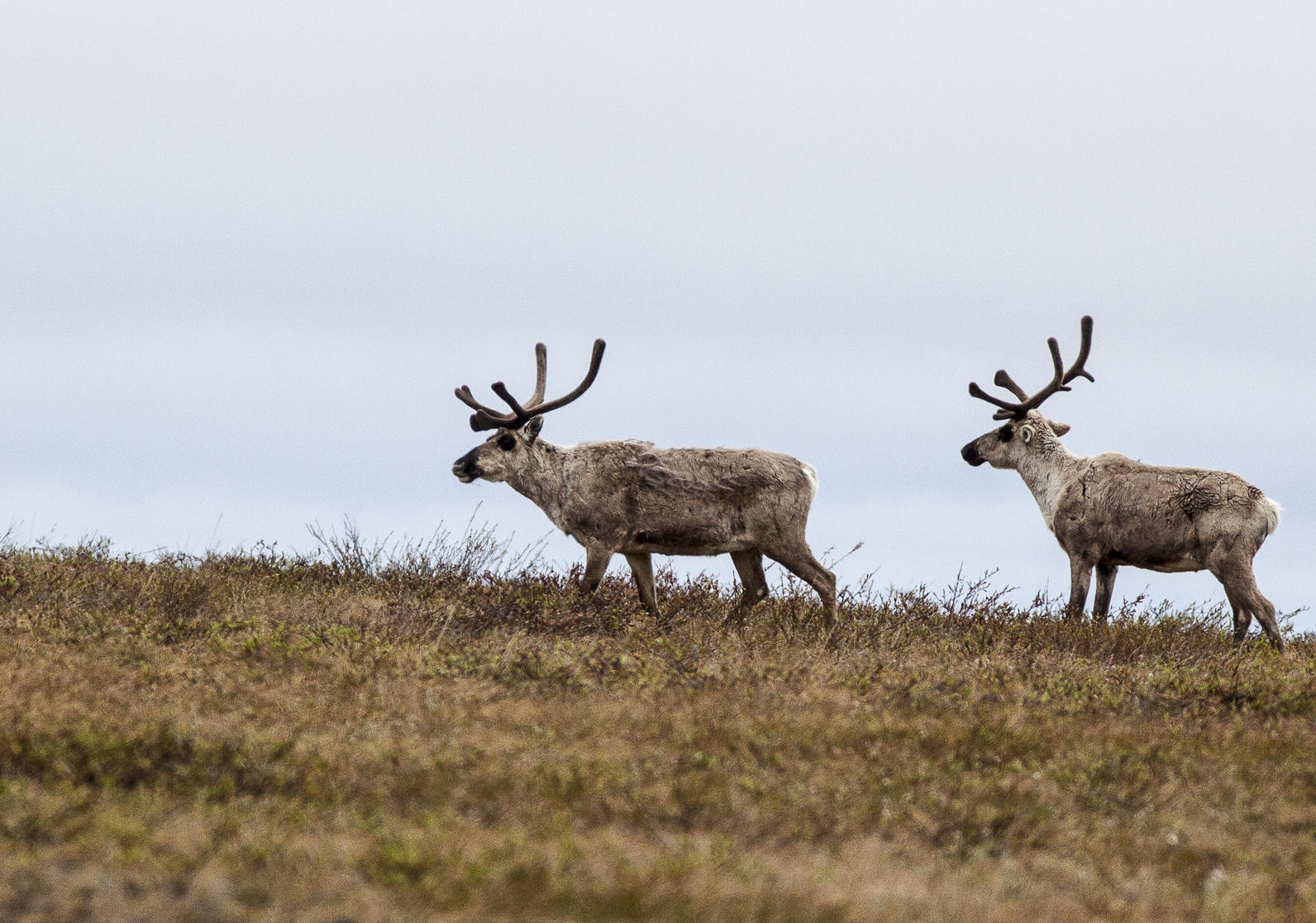
CONTACT: Rebecca Sentner, Communications Manager, Audubon Alaska, rsentner@audubon.org, (907) 276-7034
FOR IMMEDIATE RELEASE - December 22, 2017:
ANCHORAGE, AK – While geologists debate how much recoverable oil remains in the Western Arctic, Audubon Alaska reminds the Trump administration they still have legal and moral responsibility to protect the fragile, world-class wildlife resources in this remote region.
Earlier today, the Trump administration, the United States Geological Survey (USGS), and the Bureau of Ocean Energy Management (BOEM) released assessments predicting there is more oil available in the Western Arctic and offshore in the Arctic Ocean than previously considered.
“Any oil that might be drilled in Alaska’s Arctic would be burned in a matter of years – but negative impacts to the fragile ecosystems here could last forever,” said Nils Warnock, Executive Director of Alaska Audubon. “Responsible energy development recognizes some places are too precious to drill.”
The USGS onshore oil assessment pertains to the National Petroleum Reserve-Alaska (NPRA) in the Western Arctic. The NPRA’s current land management plan, the 2013 Integrated Activity Plan, recognized the biological importance Teshekpuk Lake and other “Special Areas” and kept these places off-limits to development, while allowing for development in other parts of the NPRA.
Conservationists fear the Trump Administration will use USGS’ new oil assessment to roll back the balanced management plan that currently guides development of the NPRA.
“No amount of oil will change the fact that some areas are just too important to wildlife to develop,” said Susan Culliney, Audubon Alaska’s Policy Director. “For example, the Teshekpuk Lake area provides habitat for waterfowl, shorebirds, caribou and polar bear that are treasured both in Alaska and around the world. The Trump administration has a legal – and ethical – responsibility to conserve those resources.”
Similarly, the BOEM offshore oil assessment does not change the fact that there is no capacity to respond to oil spills in the Arctic Ocean in any meaningful way.
“The nearshore waters of Smith Bay and Dease Inlet are prolific waterfowl areas where high concentrations of eider, phalaropes, loons, and ducks feed and stage before migrating all over North America. Bowhead whales feed and give birth offshore and polar bears den along the coast,” said Melanie Smith, Audubon Alaska’s Director of Conservation Science. “Some places, regardless of oil potential, must be maintained for wildlife. Recognizing a proper balance is our shared responsibility for generations to come.”
Audubon Alaska has released a recently updated assessment of the immense wildlife values of the Teshekpuk Lake wetlands complex within the National Petroleum Reserve-Alaska (NPRA), as well as the Ecological Atlas of the Bering, Chukchi, and Beaufort Seas.
LINKS:
- Summary of the 2017 Assessment of Wildlife Values in the Teshekpuk Wetlands Complex within the National Petroleum Reserve-Alaska (NPRA)
- Full Report - 2017 Assessment of Wildlife Values in the Teshekpuk Wetlands Complex within the National Petroleum Reserve-Alaska (NPRA)
- Ecological Atlas of the Bering, Chukchi, and Beaufort Seas
###
Since 1977, Audubon Alaska's mission is to conserve the spectacular natural ecosystems of the state, focusing on birds, other wildlife, and their habitats, for the benefit and enjoyment of current and future generations. Audubon Alaska uses science to identify conservation priorities and support conservation actions and policies, with an emphasis on public lands and waters. Audubon Alaska is a state office of the National Audubon Society. Learn more at www.AudubonAlaska.org and @audubonalaska1.



